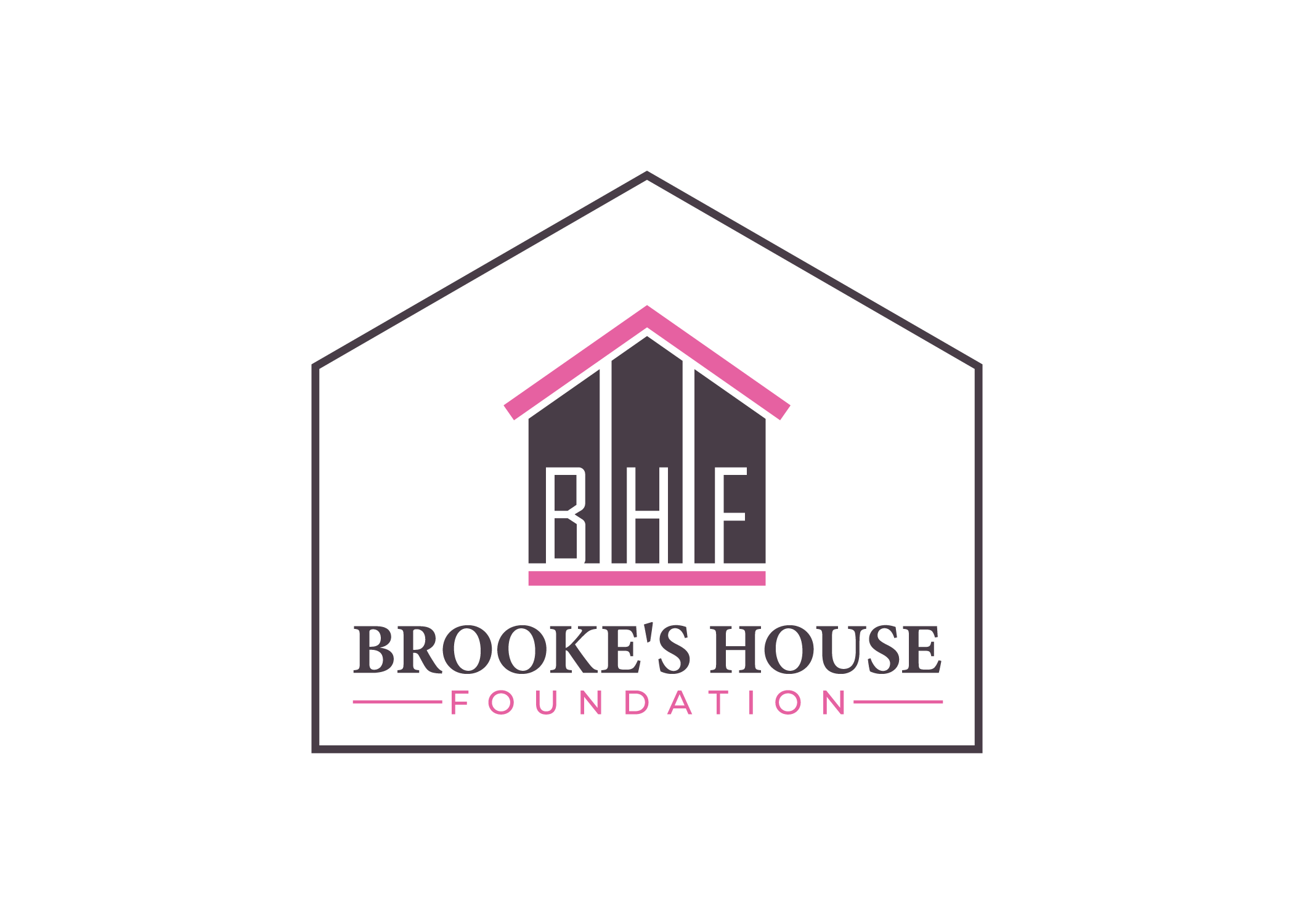
Recovery from medical disorders can be challenging, often requiring a supportive environment that fosters stability and wellness. Sober Living Homes have emerged as a crucial element in this journey, providing individuals with a safe and structured space to rebuild their lives after medical disorders. In this article, we will explore the concept of Sober Living Homes, their benefits, and their pivotal role in promoting stability and wellness for individuals in recovery.
Understanding Sober Living Homes

Sober Living Homes, sometimes called transitional or halfway houses, are residential facilities to support individuals recovering from various medical disorders, including addiction, mental health conditions, and physical health challenges. These homes offer a structured and drug-free environment where residents can work towards rebuilding their lives, regain independence, and develop essential life skills.
Key Characteristics of Sober Living Homes
- Abstinence-Based: Sober Living Homes prioritize abstinence from drugs and alcohol. Residents must maintain sobriety during their stay, creating an environment conducive to recovery.
- Structured Living: These homes provide a structured daily routine that includes curfews, chores, group meetings, and mandatory drug testing. Such routines help residents develop discipline and responsibility.
- Peer Support: Residents typically share the house with others in various stages of recovery. This peer support system creates a sense of community and mutual understanding, reducing feelings of isolation.
- Independence and Responsibility: Sober Living Homes encourage residents to take responsibility for their lives. They are expected to pay rent, perform household chores, and contribute to the overall functioning of the house.
- Supportive Staff: Trained staff members or house managers are often available to provide guidance and support, ensuring a safe and healthy living environment.
Benefits of Sober Living Homes

Sustained Sobriety: The primary goal of Sober Living Homes is maintaining sobriety. Providing a drug-free environment and accountability makes residents more likely to remain abstinent.
Transitional Support: These homes bridge the gap between inpatient treatment and independent living. They offer a controlled environment where individuals can transition back into society gradually.
Community and camaraderie: Residents often form strong bonds with their housemates, offering a support network beyond their stay. This camaraderie helps combat feelings of isolation and loneliness.
Life Skills Development: Sober Living Homes teach essential life skills such as budgeting, cooking, time management, and job hunting. These skills are crucial for successful independent living.
Relapse Prevention: With regular drug testing and support from staff and peers, residents are less likely to relapse. The structure and accountability in these homes act as protective factors.
Improved Mental Health: Sober Living Homes also cater to individuals recovering from mental health disorders. A stable environment can contribute to better mental health outcomes.
Reduced Legal Issues: Many individuals entering Sober Living Homes have encountered legal issues due to medical disorders. Abiding by the rules of the home helps them avoid further legal complications.
Promoting Wellness in Sober Living Homes
Wellness encompasses physical, mental, emotional, and social well-being. Sober Living Homes actively promotes wellness by addressing these aspects of an individual’s life:
Physical Wellness: Residents are encouraged to adopt a healthy lifestyle, including regular exercise and nutritious eating habits. Many homes also provide access to fitness facilities or arrange group exercise activities.
Mental Wellness: Sober Living Homes often offer access to counseling and therapy services. Residents can work on managing stress, anxiety, depression, and other mental health challenges.
Emotional Wellness: The supportive and empathetic environment in Sober Living Homes helps residents address unresolved emotional issues and build healthier relationships with themselves and others.
Social Wellness: The peer support system in these homes fosters social wellness. Residents learn to communicate effectively, resolve conflicts, and positively rebuild their social networks.
Educational and Vocational Support: Many Sober Living Homes collaborate with educational and vocational programs to help residents acquire new skills and improve their employment prospects, contributing to overall wellness.
Success Stories
To truly understand the impact of Sober Living Homes, let us explore a few success stories:
John’s Journey to Recovery: John, a 32-year-old struggling with alcohol addiction, found solace in a Sober Living Home after completing rehab. The structured environment, peer support, and daily routines helped him maintain sobriety. He now works as a counselor at a rehabilitation center, helping others on their path to recovery.
Emily’s Battle with Depression: Emily had been grappling with severe depression and anxiety for years. After multiple hospitalizations, she found her way to a sober living home that catered to individuals with mental health disorders. With access to therapy and peer support, Emily regained her confidence, started college, and now advocates for mental health awareness.
Michael’s Return to Stability: Michael, suffering from a chronic medical condition, lost his job and housing due to his health issues. A sober living home provided him with a safe place to recover. Through the life skills training, he learned to manage his condition better and eventually secured stable housing and employment.
Challenges and Future Directions
While Sober Living Homeshave demonstrated significant benefits, they face several challenges:
Regulation
The lack of consistent regulations across different states or regions can lead to variations in the quality of care provided in these homes. Standardized regulations are needed to ensure the safety and effectiveness of such facilities.
Affordability
Sober Living Homes often come with a cost, which can be a barrier for some individuals in recovery. Expanding access and affordable options are crucial.
Stigma
The stigma associated with addiction and mental health disorders can deter some individuals from seeking help in these homes. Education and awareness campaigns are essential to combating stigma.
Limited Availability
Many areas have a shortage of Sober Living Homes, resulting in waitlists and inadequate access to these crucial resources.
In the future, addressing these challenges will be vital to improving the effectiveness and availability of sober living homes. Government agencies, healthcare organizations, and advocacy groups should collaborate to create a comprehensive and accessible care system for individuals in recovery.
Conclusion
Sober Living Homes are pivotal in promoting stability and wellness for individuals in recovery from medical disorders. These homes provide a structured and supportive environment where residents can rebuild their lives, maintain sobriety, and develop essential life skills. Through sustained sobriety, improved mental health, and enhanced overall wellness, sober living homes offer hope and a brighter future for those on the path to recovery. It is imperative that society recognizes the importance of these homes and works towards making them more accessible and effective for all individuals in need.
